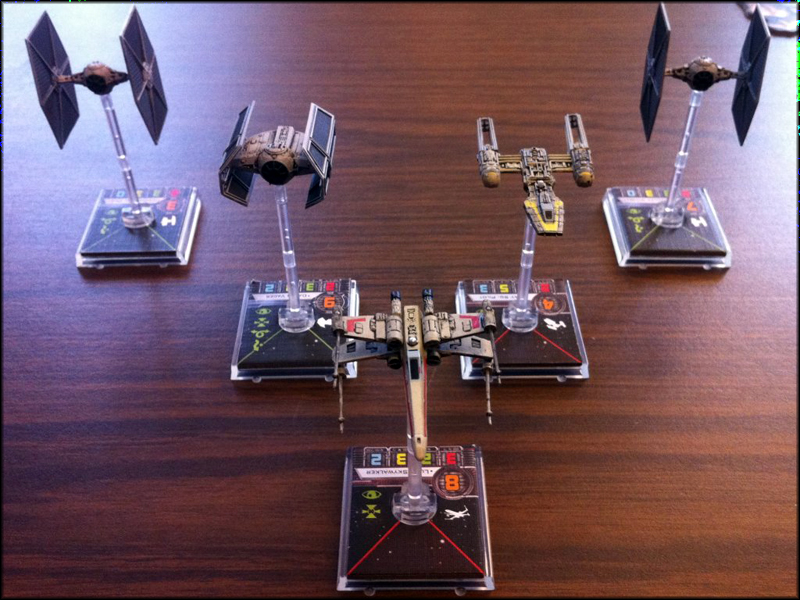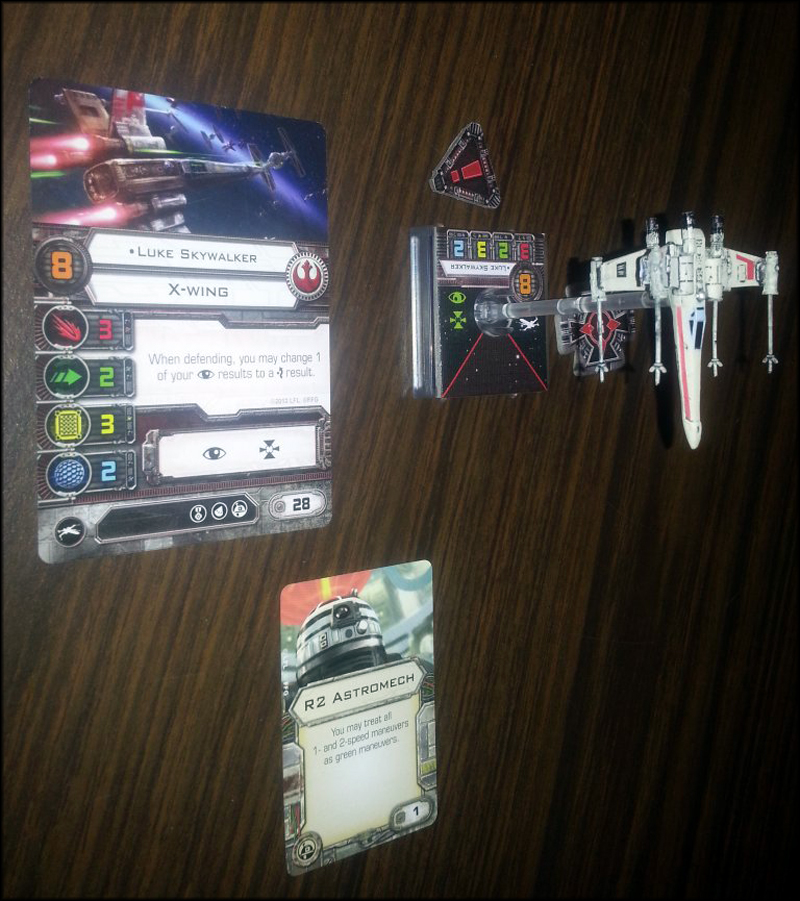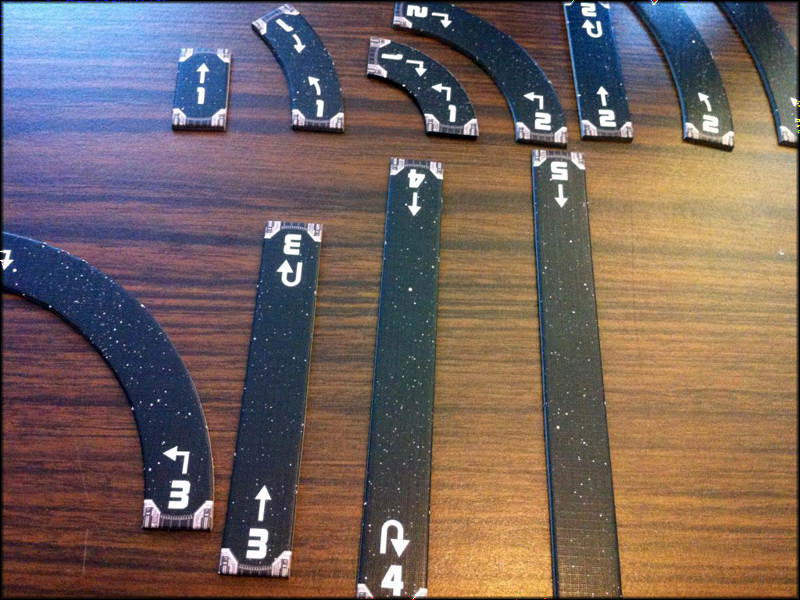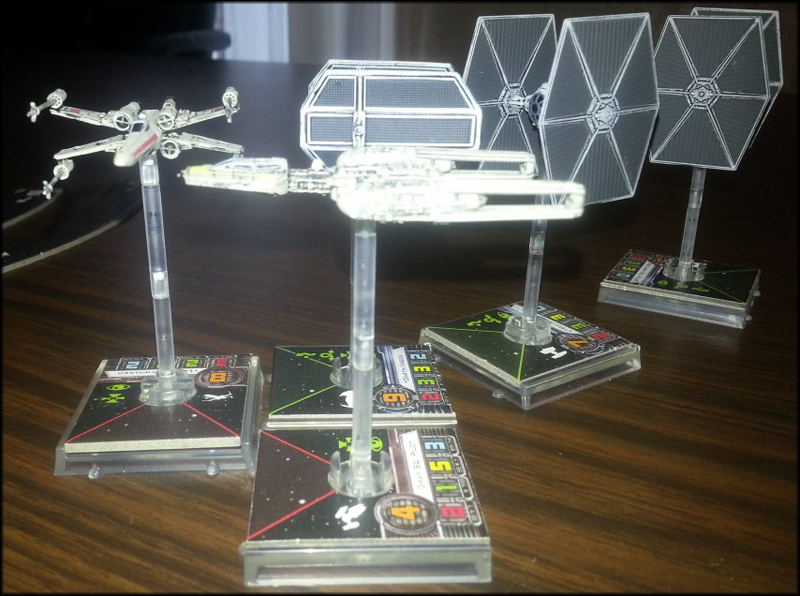 |
Keep Calm and Grog On! |
|
| Home | About Us | Article Index | Forums | Dice | GrogShop | GH ON FACEBOOK | GrogNews |
Let Your Grog Flag Fly!Recent ArticlesGARPA 17, 4/26/13 SimCity AAR Part 1, 4/25/13 Announcing MayViation, 4/24/13 Second Look at Wargame AirLand Battle, 4/21/13 First Look at Wargame AirLand Battle 4/19/13 AAR of Dark Age Minis Battle, 4/18/13 Video Review of Zulus on the Ramparts, 4/14/13 GARPA 16, 4/12/13 Crusader Kings II AAR Part 16, 4/11/13 Book Review: Ninja: 1000 Years of the Shadow Warrior, 4/10/13 Review of Bioshock INfinite, 4/7/13 Review of XFX PRO650W Core Edition PSU, 4/5/13 Civilization V AAR, Part 13, 4/4/13 Fire with Fire, 3/31/13 GARPA 15, 3/29/13 Civilization V AAR, Part 12, 3/28/13 Wheaton INterview, 3/27/13 March Mayhem Winner, 3/25/13 Warlock Multiplayer AAR, 3/21/13 WWII PTO Alternate Histories, 3/20/13 GARPA 14, 3/15/13 Crusader Kings II AAR, part 15, 3/14/13 Civilization V AAR, part 11, 3/7/13 Prezcon Convention Coverage, 3/2/13 Civilization V AAR, part 10, 3/3/13 |
Science fiction may be a genre that is often looked down upon, seen as a realm populated by thirty-year olds living in their parents’ basements, but it has spawned a surprisingly large number of series in both television and film. Many of these series have legions of devoted fans, but none have had a bigger global impact than Star Trek and Star Wars. Arguably, while both are universally known, Star Wars, with its Campbell-esque Hero’s Journey, has had the bigger impact of the two. Yet when it comes to the world of board/table top gaming Star Trek has dominated. This is somewhat odd for a series that was all about peaceful exploration of the galaxy (just consider the difference in names—Trek versus Wars), and yet there have been numerous wargames of tactical and strategic warfare in the Trek universe. Star Fleet Battles is the best known of these, with literally dozens of expansions and now thousands of pages of rules, yet there are many other flavors of Star Trek wargames available (see Jim Zabek’s recent AAR of Federation Commander). Fans of Star Wars have had to make do with very few options. Star Warriors from West End Games was a “serious” game of tactical fighter combat, perhaps a little too serious considering the subject matter. Wizards of the Coast released a collectible miniatures game of space combat, but the less said about it, the better. The recent release of Fantasy Flight Games’ X-Wing, a tactical game of frictionless furballs between fighters in the Star Wars universe, is therefore a welcome addition to any Star Wars fan’s game library. X-Wing is a miniatures game of fighter versus fighter combat in the Star Wars universe using pre-painted plastic minis scaled at 1/270. Don’t let the fact that these are pre-painted plastic minis scare you off; the quality is impressive. And for anyone who shudders at what the fighters looked like in the Wizards of the Coast game, these models are essentially Ferraris to Wizards’ Yugos. It should also be said that this is not a collectible game in the sense of blind packaging.
All the currently available fighters, though you can bet we'll be seeing A-Wings, B-Wings, TIE Interceptors, and more. The bases have interchangable stat cards, showing the fighter's stats, actions, and firing arc at a glance.
X-Wing is sold in a core set that includes one X-Wing and two TIE Fighter models, along with all the components needed to play, and then single ship expansion packs that add Y-Wings, Advanced TIE Fighters, and additional X-Wing and TIE Fighter models. All expansions are standardized, so there is no need to fret about how many Advanced TIE Fighter packs you need to purchase before acquiring Darth Vader. Gameplay is extremely easy to learn and teach, and for anyone who has played Wings of War, there will be an instant sense of familiarity. Players begin by either choosing one of the three included scenarios or simply going for a free-for-all dogfight, which seems to be the default style of play. Each fighter has a card that details its stats. Interestingly, all like fighters have the same basic stats (no twenty different variations of the same vehicle like in a WWII air combat game) with only the pilot’s skill separating one from the other. Each fighter type also has its own maneuver dial, which determines its flight path for the upcoming turn.
The X-Wing, piloted by Luke Skywalker, is stressed (note the ! token) and has been locked on by an Imperial ship (counter to the right of the fighter). The stats on the card, from top to bottom are: pilot, attack, evasion, hull, and shield ratings. The text box describes Luke's special ability, while the boxes below show his free actions and upgrade choices. He has a R2 unit attached as one of his upgrades. The numbers in the bottom right are not card numbers, but the point cost.
At the start of each game round players select a maneuver from the maneuver dial. These maneuvers determine how far a fighter will move, along with the type of move (straight, bank, et cetera). This all takes place strictly on a 2D plane, with no mechanics for altitude. Additionally, moves are rated as either easy (green), normal, or difficult (red). Red maneuvers create pilot stress (don’t ask, remember this is Star Wars physics) and limit the fighter’s actions until the stress is removed by a green move. After all units have their moves planned the ships are activated one by one, in ascending order of pilot skill which is rated from one to nine. Thus, the worst pilots go before the best pilots, providing a slight edge in the upcoming combat phase to the vet pilots (although really planning should be sequential instead of simultaneous to really showcase the differences in pilot skill). After moving by way of a template, the fighter can perform one or more actions, unless a red maneuver was just made. Usually everyone gets at least one action, while better pilots can sometimes make more. There are four actions available: Barrel Roll, Focus, Evade, and Acquire a Target Lock. Not all fighters are capable of every action. Barrel Rolls allow a quick sideslip, Focus provides a better chance in combat to either hit or avoid a hit (depending on whether attacking or defending), Evade gives a greater chance to dodge a shot, and Target Lock allows a total reroll in combat. Chosen actions only last for the current game round, with the exception of Target Lock which lasts until used or a different lock is selected.
The maneuver dials. Players choose their move and then place the dial face down next to the fighter.
After all fighters have moved and performed their action(s) for the turn combat occurs. This time the order of actions is descending, giving the best pilots the first shots. Attacks are made by checking the firing arc of the attacker and the range to target using a measuring guide. Close range targeting provides a bonus to hit while attacking at the farthest range provides a bonus to evade. Hits are determined by rolling a number of attack dice while the defender rolls his defensive dice. Attack dice are computed by the type of attacking fighter, range, and any possible bonus due to a unique pilot skill. The defensive dice are computed in a similar fashion. Annoyingly, while the average number of dice thrown in attack is usually two or three, it is quite common to throw four dice and yet the core game only comes with three attack dice! Really, one more die couldn’t be thrown into the box instead of having to reroll? The combat dice are iconic eight-sided dice. Attack dice have symbols for hits, critical hits, focus (which can be changed to hits due to a chosen Focus action), and blank sides. Defensive dice have evade symbols, focus (again, used for certain actions), and blank sides. For each evade symbol one hit is cancelled. If any hits remain, with regular hits being negated before critical hits, then damage is applied. The application of damage happens via a deck of damage cards. If it is a regular hit then the card is dealt face down to the damaged craft, counting as a one hit point loss. If it is a critical hit the card is placed face up. Not only does it count as a hit point loss whatever the card says must be followed. Pilots can be stunned, fires can start, sensors can go haywire, and more. After the combat phase assuming there are still combatants on the table a new game round begins after a quick clean up of unused action markers.
How to move. The TIE Fighter has chosen a speed 2 bank. In (1) the move template is placed in front of the miniature's base. Barely seen in the photos there are two tiny plastic nubs that guide the template's placement. In (2) the player picks up the TIE Fighter and in (3) the miniature is placed at the end of the template, once again lining up the nubs with the template. A heck of a lot cleaner than having to use a measuring tape.
Initially X-Wing can make a shallow impression. It takes a couple of plays to really start to appreciate the system, but with an average dogfight only lasting about fifteen minutes (slightly longer depending on how the dice fall), this isn’t hard to achieve on a Saturday afternoon. Once players begin to experiment with pilots of different skills, and with using the upgrade cards that add secondary weapons, droids, and abilities, a new depth is discovered. Pilot skill really does make a difference, as does knowing the capabilities of your fighters. TIE Fighters are fast and agile, but suffer at slow speeds and are prone to explode when hit. They’re the Sherman tanks of space. Y-Wings move like barges, with practically every move causing stress, but are built to take damage. If a TIE is a Sherman a Y-Wing is a Royal Tiger. Tactics start to matter, as does using your actions at the right time and place. There’s a world of difference when you throw a couple of rookie pilots at each other and having Luke Skywalker face off against Darth Vader. No longer is it just a game of interstellar chicken, but a delicate dance of death and destruction. As mentioned previously X-Wing’s game system is essentially a much improved version of the Wings of War system. For those of you familiar with Wings of War the biggest changes are in planning and damage. Since moves are planned per game round you don’t end up with the endless turning fights that are common in Wings of War since correcting for a wrong move doesn’t take another three moves. As far as damage goes, the fighters all have low hit points, and since every damage card is a damage point, it is entirely possible to take down an opponent in one or two rounds.
The maneuver templates. Note that at speeds 4 and 5 only straight moves are permitted.
Overall a solid and enjoyable system, there are a couple disturbances in the Force with X-Wing. First, it would be nice for more options. For example, there are no rules for tailing, adding altitude, the possibility of shaking a target lock, or other advanced dogfighting techniques. Having more upgrade choices would also be nice. Too many of the upgrades are limited to the types of fighters that can use them. What would also be truly nice is having the choice to add in more pilot skills to further differentiate combatants. Of course you can bet some of these issues will be rectified with the inevasible expansions. Second, for a game that would be perfect to draw non-gamers into the gaming worlds (who doesn’t like Star Wars?) it is far too pricey. The core game retails for $40, with each expansion costing $15. This means that just to have a force of say, four X-Wings and eight TIE Fighters you’d need to spend $175! While a Warhammer player may not blink at that, for a game appearing on Target shelves, implying Fantasy Flight Games really wants to get the mass market involved, that kind of money will cause a heart attack in your typical non-gamer. The overall quality is worth the cost, but the psychological hurdle trumps that.
Obviously the Death Star has exploded, causing the wash out effect on the fighters. A pic simply highlighting the sizes between fighters.
If one doesn’t mind the potential investment, liking X-Wing is easier than bulls-eying womp rats in a T-16. C’mon, X-Wings and TIE Fighters screaming across your kitchen table, bobbing and weaving amongst volleys of PEW-PEW-PEW using a streamlined fast paced system that can be taught in about five minutes. What’s not to like? Grumpy Grog Sez: Don’t let the lack of Fokkers or 109s dissuade you from this dogfighting tabletop game. Kick the tires, light the fires, and party like it’s 1977!
|
Please support the folks that support GrogHeads
|
Copyright ©2012-2019, Grogheads, LLC. All rights reserved in the United States and throughout the world. All other products and copyrights mentioned on Grogheads, LLC are the property of their respective companies, and Grogheads, LLC makes no claim thereto.
GrogDice - Refresh the screen to roll a new set!
Or go here to roll a LOT of dice





